SOC/SSAE
System and Organization Controls (SOC) are important assurance reporting frameworks in the context of SOC Compliance. These frameworks are designed to help service organizations establish confidence and trust between stakeholders, entities, and service providers. The controls are standards designed to assist service organizations in imparting services to their clients & customers and helping them meet the internal and external stakeholders’ demand for trust, transparency, contractual obligations and marketplace concerns.
The SOC reports aid in providing reasonable assurance to companies that their service providers have demonstrated capability of controls on security, availability, confidentiality, processing integrity and privacy ensuring that the organizations are operating in an ethical and compliant manner.
What is SOC/SSAE Assessment ?

SOC Assessment And Audit Reports Are Classified Depending On Their Usage And Service Controls.
SOC 1 : Pertaining to ICFR, this reporting covers the controls of service organization over its end user’s financial reporting. This is classified under two categories Type 1 reporting & Type 2 reporting.
SOC 2 : Concerned for Service Organization’s Trust Services Criteria (TSC). It defines controls necessary at a service organization that are relevant to Security, Availability, Processing Integrity, Confidentiality and Privacy. This is classified under two categories Type 1 reporting & Type 2 reporting.
SOC 3 : Done in line with SOC 2 reporting, SOC 3 reporting is meant for general use or for customers who need assurances regarding the necessary controls maintained and managed by the organization.
SOC Cybersecurity : AICPA has issued a Cybersecurity Risk Management Reporting Framework, through which a CPA reports on an organization’s enterprise-wide cybersecurity risk management program.
Assessment Approach of SOC Experts
As your SOC compliance partner, we will understand your objectives, identifying gaps and threats, supporting you to remediate the gaps and risks to achieve a SOC Compliance.

Objective Determination
Evaluating the objective for SOC audit requirement for the business
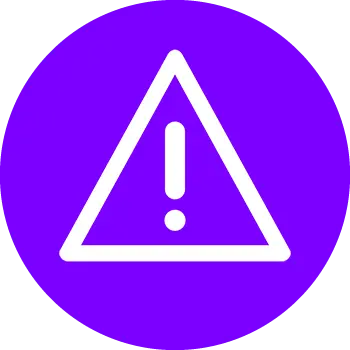
Scope Finalization
Finalize the scope elements and prepare the requirement documentation
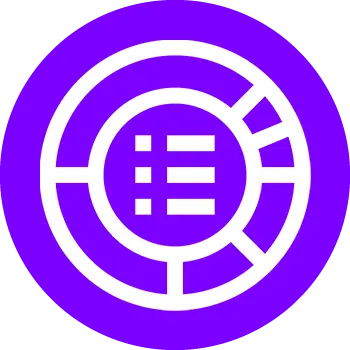
Readiness Assessment
Identify the potential challenges that might arise during requirement implementation
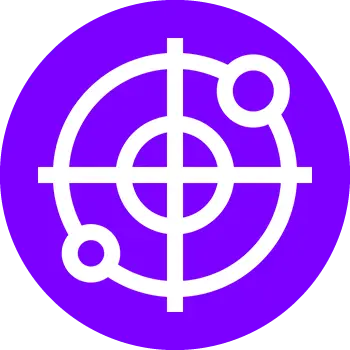
Risk Assessment
Identifying and analysing the risks in the information security posture.
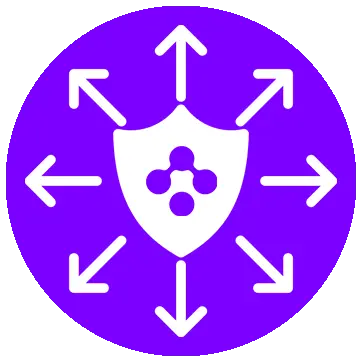
Asset Inventory
Create a separate asset inventory for critical information assets
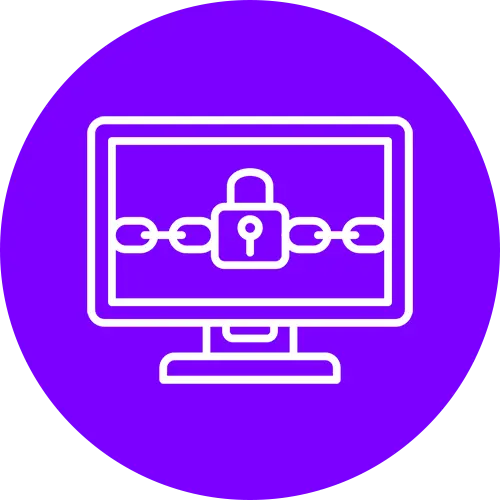
Documentation Support
Assist you with list of policy and procedure to help you in validation or evidence collection

Remediation Support
Support you by recommending solutions to compliance challenges

Awareness Training
Conduct awareness sessions for your Team and personnel involved in the scope

Data and Asset Claffication
Identify critical vulnerabilities in your system with a robust testing approach

Evidence Review
Review of the evidence collected to assess their maturity, in line with the compliance

Final Assessment and Attestation
Post successful assessment, we get you attested for compliance with our audit team

Continuous Compliance Support
Support you in maintaining compliance by providing guidelines
FAQ'S
SOC 2 Type 2 is a period-of-time report, but the SOC 2 guide does not prescribe a minimum period of coverage for a SOC 2 report. Practitioners need to use professional judgment in determining whether the report covers a sufficient period.
As per the AICPA guidance, additional frameworks can be included into SOC 2 reports. These are referred to as SOC 2+ reports and can be issued by service auditors as long as they have the appropriate qualifications to provide an opinion on the additional subject matter.
Obtaining a SOC 2 report differentiates the service organization from its peers by demonstrating the establishment of effectively designed internal corporate governance and oversight., “A SOC 2 report allows customers, stakeholders – or both – to gain confidence and place trust in the service organization’s system.
While SOC 2 and ISO 27001 are different standards, they can be used to serve similar purposes for service providers. They intend to demonstrate that they have a solid security posture. Being internationally recognized, both standards offer a high level of confidence that comes from an independent, third-party audit. The ISO 27001 standard is a best-practice guide or framework to implement an information security program end-to-end. An organization’s information security management system can be certified as compliant with the ISO 27001 standard and once certified, the organization needs to be recertified every three years. SOC 2 is used to demonstrate that an organization has adequate security practices in place and is operating them effectively. SOC 2 is an attestation report and provides an independent auditor’s opinion about an organization’s control environment.
The SOC reports often cover only a portion of the user organization’s calendar. Bridge letters are issued by the management of a service organization. The purpose of a bridge letter is to provide representation from the service organization regarding material changes that might have occurred in the organization’s controls covered in the SOC report from the end of the report period through a specified date
SOC 3 report is meant to inform any interested parties about the operating effectiveness of internal controls at the service organization relevant to security, availability, processing integrity, confidentiality, and/or privacy, in connection with a SOC 2 engagement. Public distribution of these reports is not restricted.
